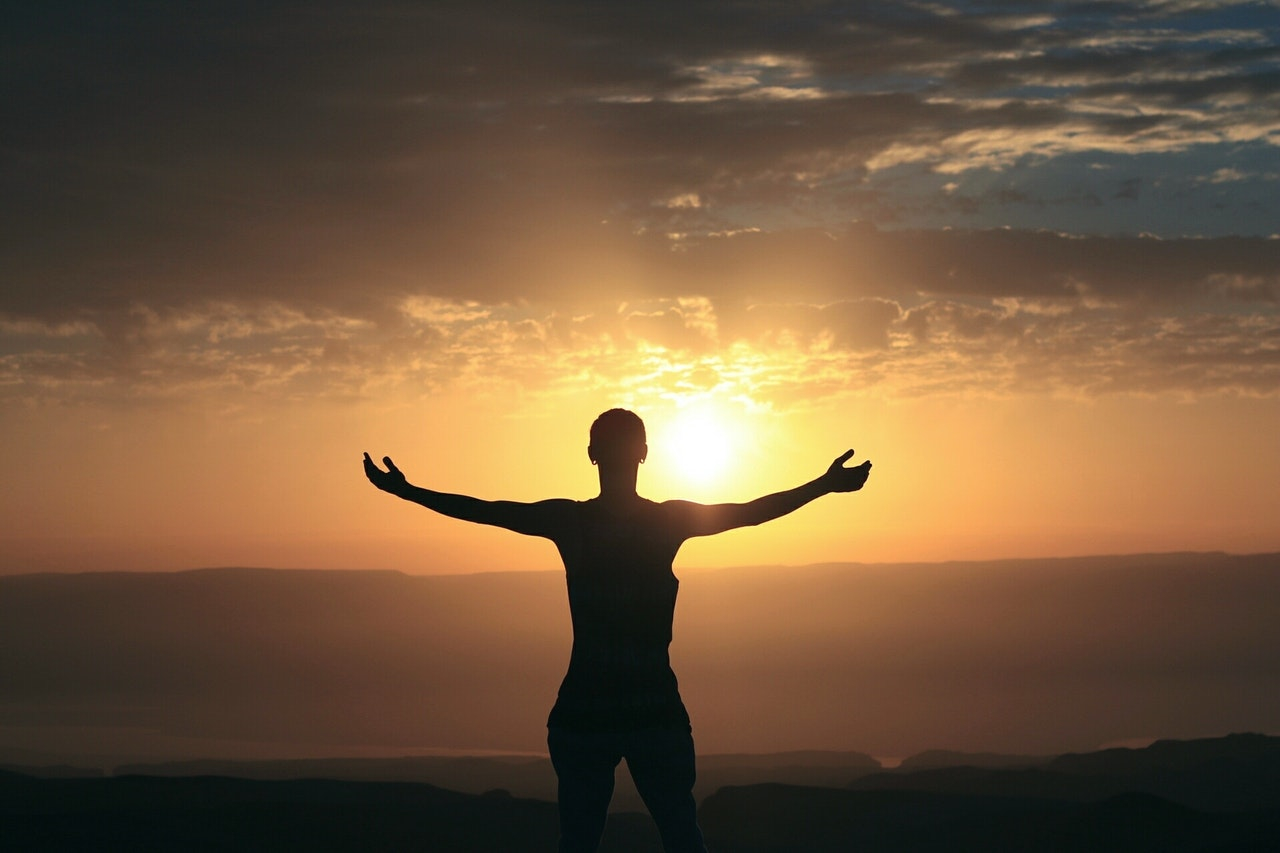The Eight Limbs of Yoga as Path to Positive Mental Health
Last week I reviewed my argument for why I believe yoga is an excellent complement to counseling & psychotherapy as a tool to achieve optimal mental health. To summarize, yoga prescribes a number of physical, mental, and emotional practices collectively known as the 8-limbs that help alleviate stress & anxiety and can assist recovery from a number of major mental illnesses. These include:
- asana (physical practice/exercise)
- pranayama (breathing techniques)
- yama/niyama (ethical guidelines for living)
- pratyahara (being mindful/withdrawing from sensory over-stimulation)
- dharana (steady concentration)
- dhyana (“witness consciousness,” or what I like to think of as sustained mindfulness)
- samadhi (feeling blissful/at peace/integrated with the world around you)
This week, I’d like to reinforce why exactly the 8-limbed yoga path is of value to yoga practitioners, mental health professionals, and people looking to engage in personal development. Simply put, the 8 limbs prescribe a holistic plan for recovery and growth. Whereas traditional self-help or mental health models tend to emphasize one key component (i.e. changing the way you think, act, or feel), yoga simultaneously encourages students to engage in all of these practices at once (thinking/feeling/doing).
One can singularly isolate any one of these practices and find value in treating general life stress or major mental illness. As a simple example, let’s contemplate exercise (doing). Research has shown consistently that exercise improves mood and can even alleviate symptoms of depression in Major Depressive Disorder (MDD). Thus, exercise is prescribed by most medical and mental health providers as one component of treatment (likely alongside counseling, healthy diet, maintaining good physical health, and possibly psychiatric medication). The belief being that if you act differently, you will eventually feel differently and start to think differently.
With yoga, students are encouraged to exercise through the performance of asana, but during this asana simultaneously engage in breathing technique, somatic experiencing (noticing sensations within the body), mindfulness, and through the use of “witness consciousness,” eventually learn to observe and engage in all of these practices concurrently. This takes the simple practice of exercise and turns it into a complete mind/body experience that provides not just physical & mental benefits, but the opportunity to engage in self-study and personal growth with each and every yoga class. Thus, yoga students DO yoga poses (doing), notice physical sensations in their body and emotional responses to these sensations (feeling), all the while being mindfully attentive to their thoughts and setting an intention to remain present (thinking).
Point: By approaching yoga as more than physical exercise, and considering each of the 8 limbs of yoga, we can support our students in truly holistic personal growth and recovery from stress, mental illness & addiction
Super-point: Each of the 8 limbs of yoga by itself is valuable, but together are infinitely beneficial.

